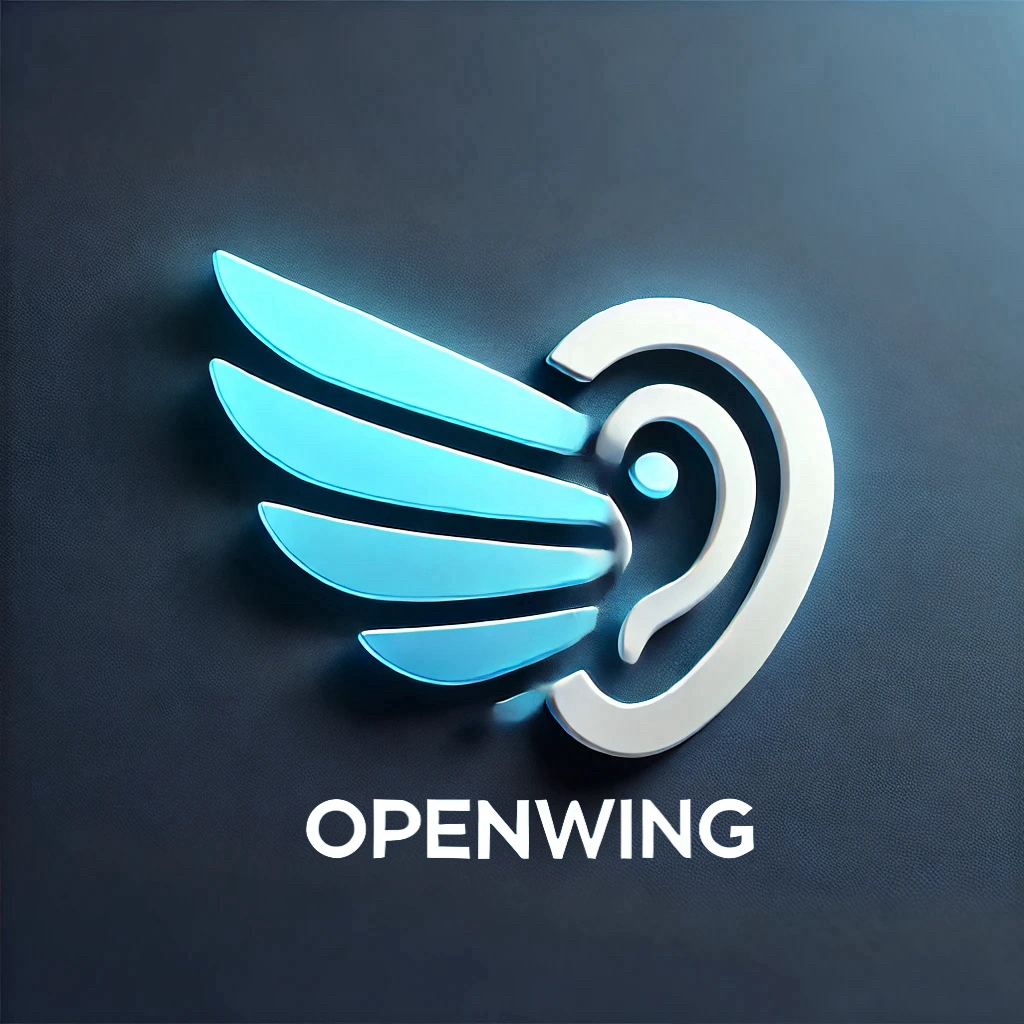In a groundbreaking development, researchers from Cornell University, in collaboration with Carnegie Mellon University and Stony Brook University, have unveiled an innovative wearable AI ring that bridges the gap between American Sign Language (ASL) and digital text communication. This cutting-edge device, named “SpellRing,” represents a leap forward in assistive technology by enabling users to convert ASL fingerspelling directly into textual input for smartphones and computers.
The SpellRing employs a sophisticated combination of micro-sonar technology and a mini-gyroscope to achieve this feat. Worn on the thumb, the device uses a microphone and speaker to emit and capture inaudible sound waves, which meticulously track the movements of the hand and fingers. These data points, combined with the gyroscope’s motion tracking, are processed by a deep-learning algorithm that translates the sonar images into readable, fingerspelled ASL letters in real time.
Encased in a 3D-printed shell no larger than a standard U.S. quarter, the SpellRing seamlessly integrates complex technology into a compact, wearable form. This diminutive device is set to transform how ASL users interact with technology, offering a means to input text without the necessity for a keyboard or touchscreen.
In rigorous testing, the device was evaluated by 20 individuals proficient in ASL, both experienced and novice signers. They were tasked with fingerspelling over 20,000 words of varying complexities, which resulted in an impressive text accuracy rate of between 82 and 92 percent. Despite the inherent challenges posed by the diverse handshapes required for different ASL letters, the research team is committed to refining the technology, aiming to expand its capabilities from detecting individual letters to entire words and sentences.
While the device’s commercial availability remains unannounced, the SpellRing’s potential to enhance communication for ASL users is undeniable. This promising development underscores the commitment of the academic and tech communities to harness AI for increased inclusivity and accessibility, paving the path for a future where technological barriers to communication are significantly reduced.


